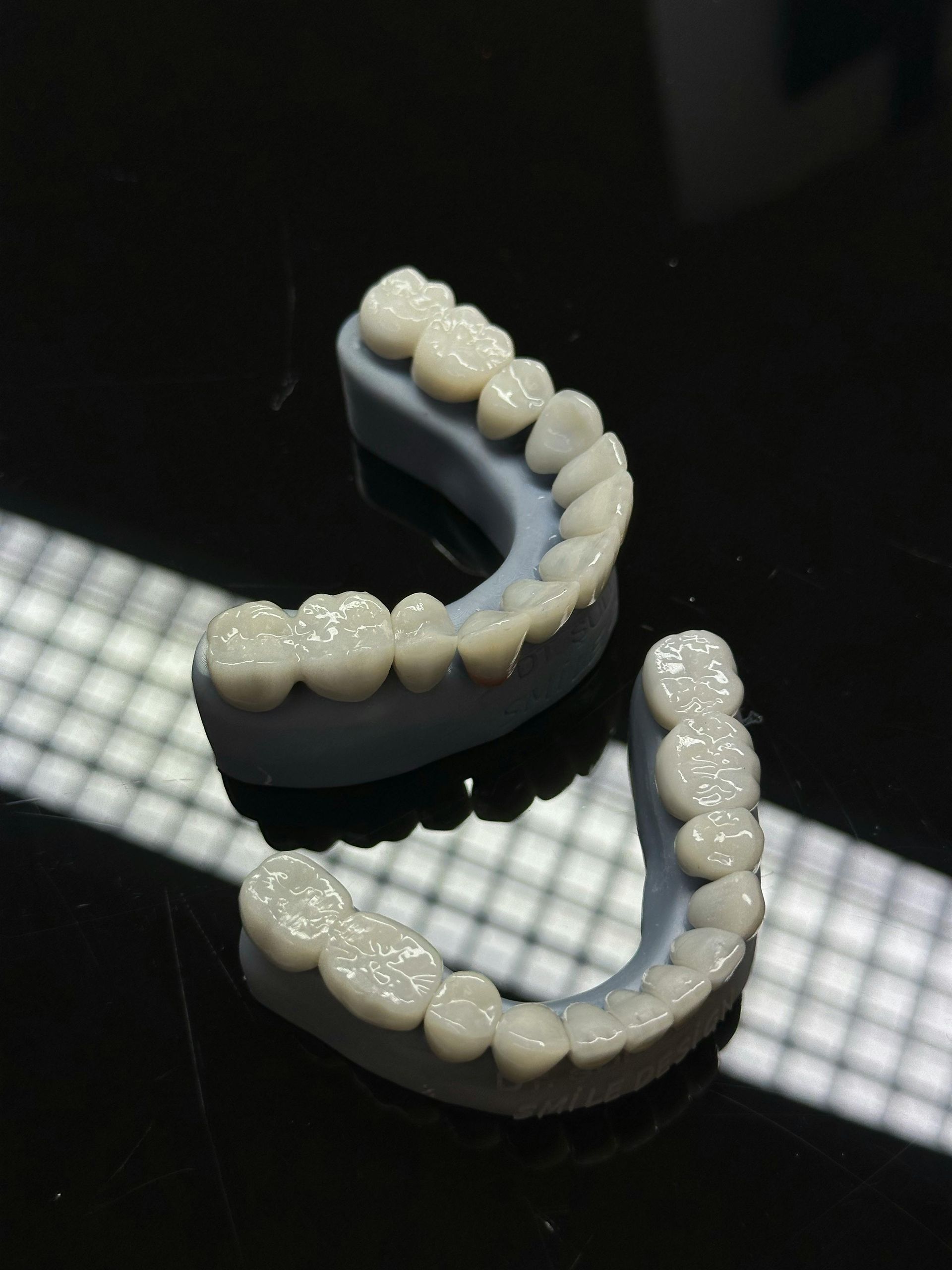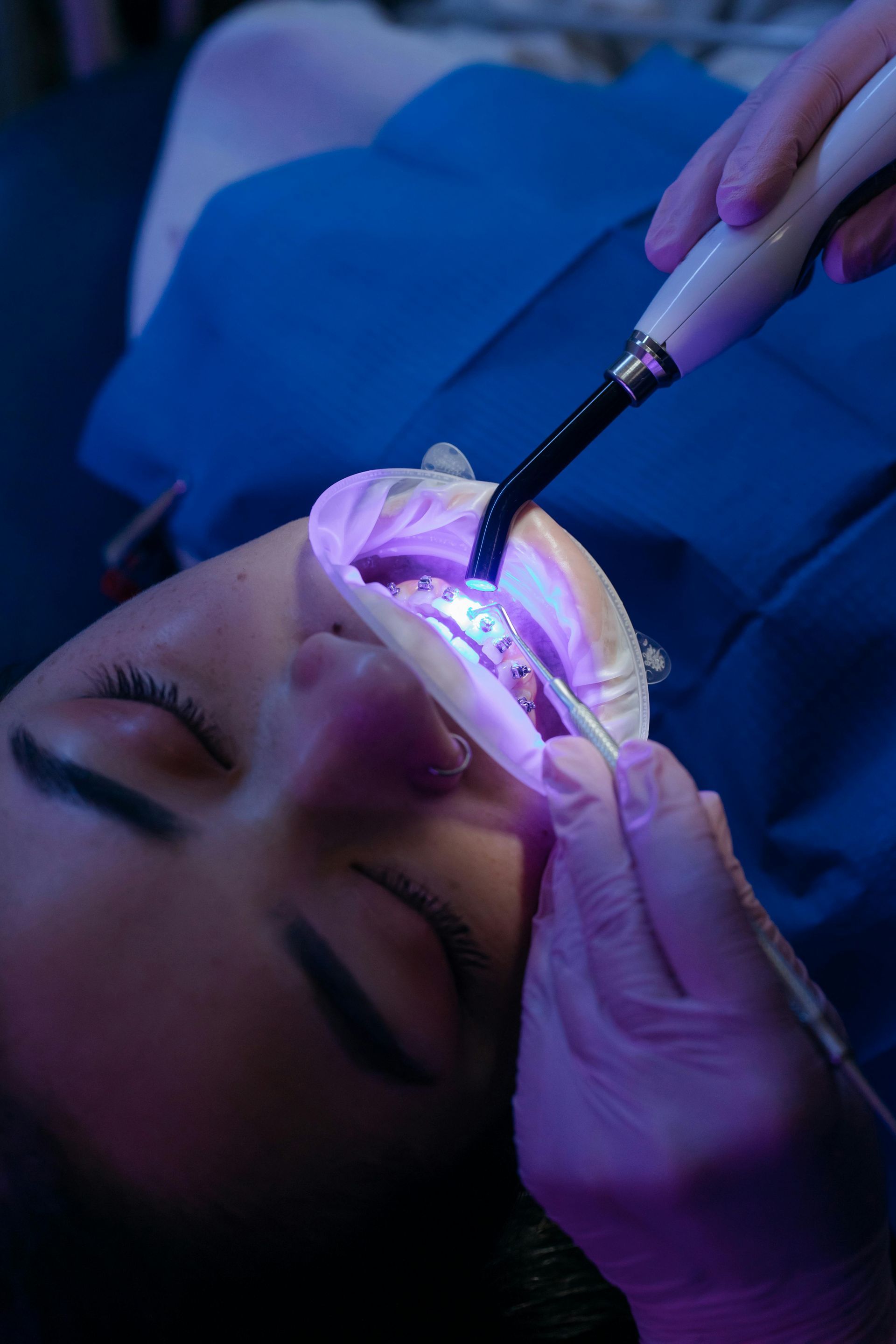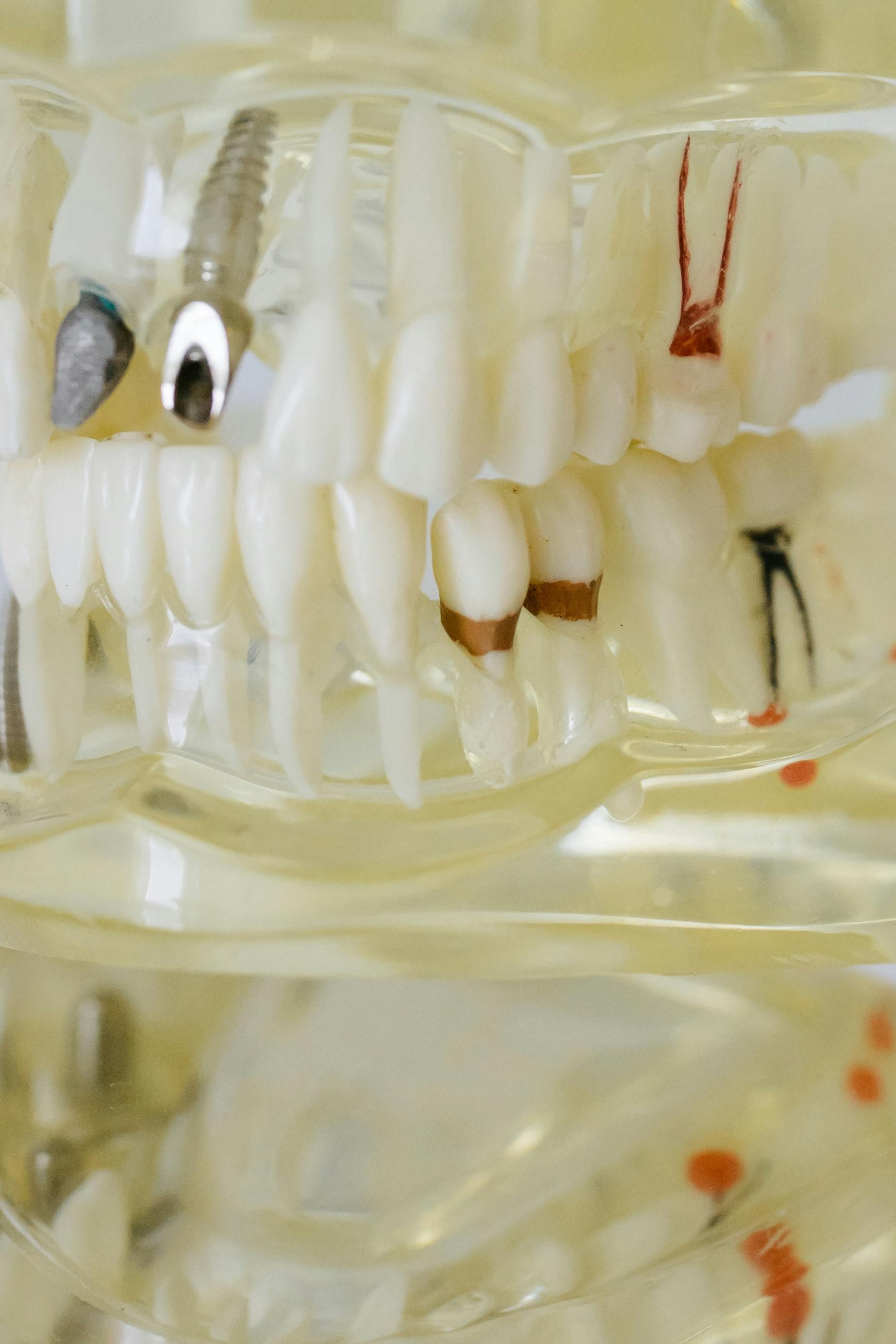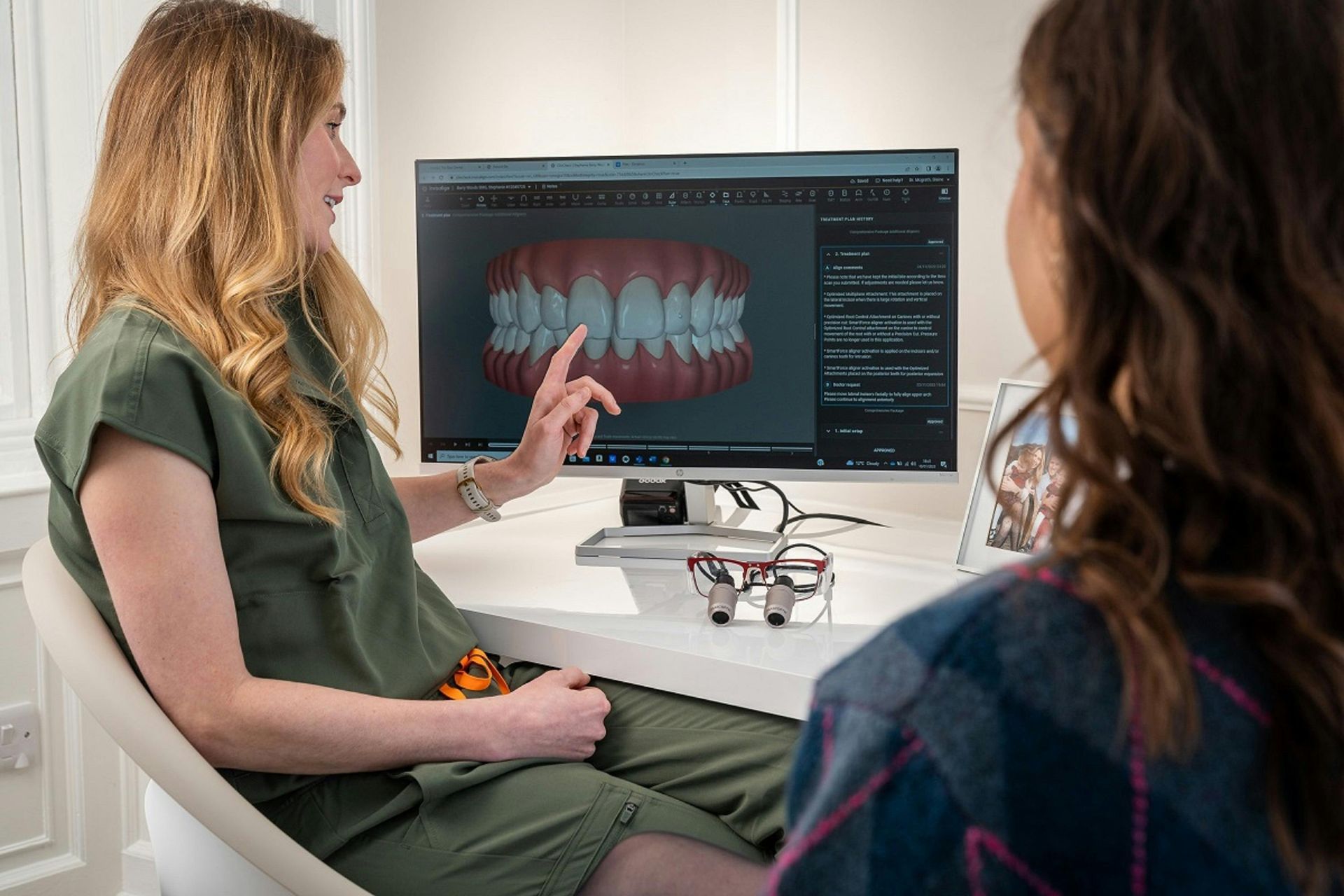Bridge vs. Partial Denture: How to Choose What’s Best for You
If you’re missing one or more teeth, you may be weighing the pros and cons of a dental bridge versus a partial denture. Here’s how to know which option is right for your smile, lifestyle, and budget.
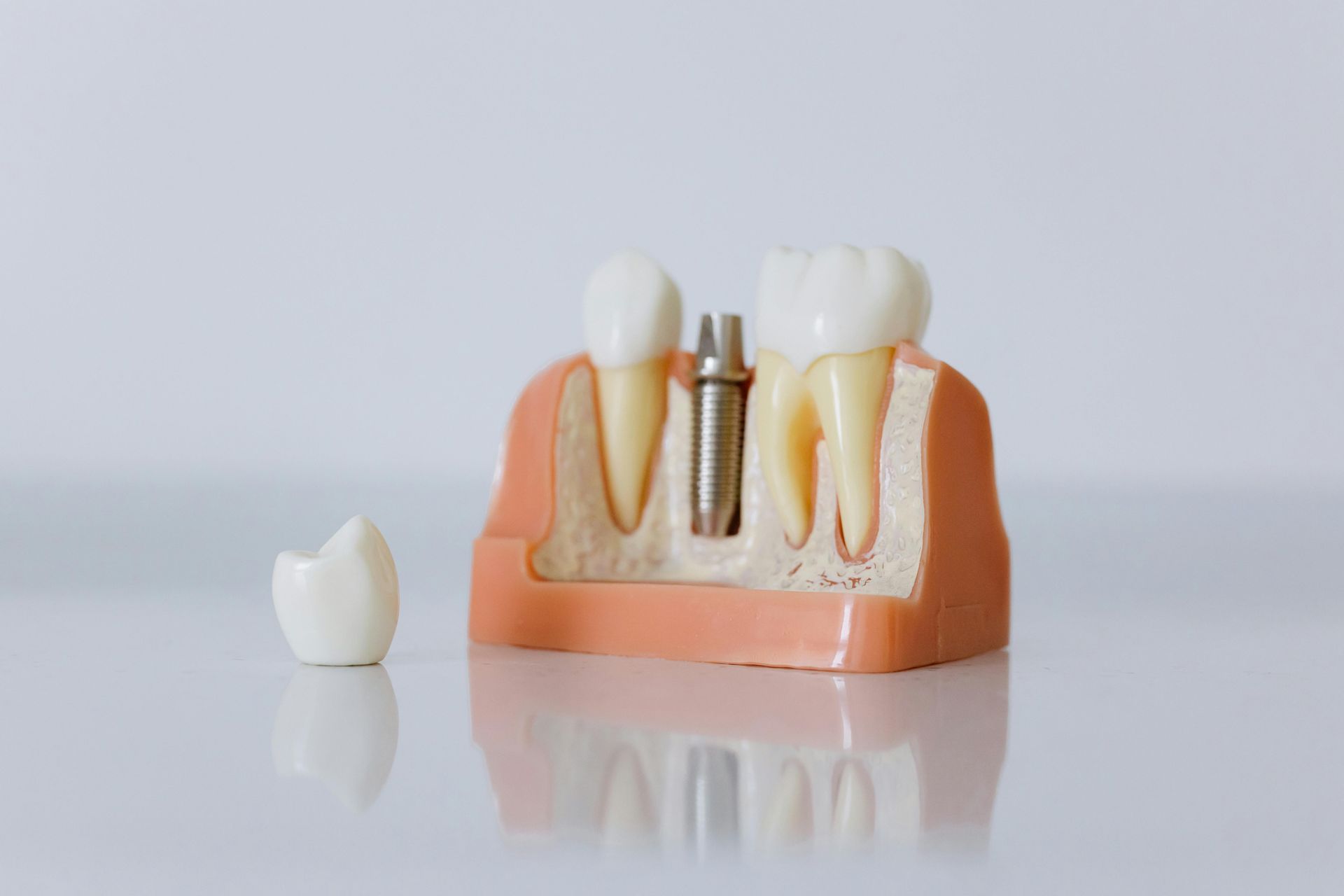
Understanding Your Tooth Replacement Options
Tooth loss can affect more than just your smile — it can impact your ability to chew, speak, and feel confident. Fortunately, modern dentistry offers two excellent solutions: dental bridges and partial dentures. Both can restore function and appearance, but they work differently and suit different situations.
What Is a Dental Bridge?
A dental bridge literally “bridges” the gap created by one or more missing teeth. It involves placing crowns on the healthy teeth on either side of the space (called abutment teeth) with a false tooth (pontic) anchored between them.
Pros:
- Looks and feels natural
- Permanently fixed — no need to remove
- Helps maintain bite alignment
- Strong and long-lasting with good oral care
Cons:
- Requires modifying adjacent healthy teeth
- May not be ideal if surrounding teeth aren’t strong
- Slightly higher cost than removable options
What Is a Partial Denture?
A partial denture is a removable appliance that replaces multiple missing teeth, often across different areas of your mouth. It attaches to your natural teeth using small clasps or precision attachments.
Pros:
- More affordable than a bridge
- Non-invasive — no alteration of nearby teeth
- Easy to repair or update if more teeth are lost
- Great option for multiple missing teeth
Cons:
- Must be removed and cleaned daily
- May feel less stable than a bridge
- Slightly less natural in appearance
Which Is Right for You?
The best choice depends on:
- Number of missing teeth: Bridges are ideal for one or two adjacent teeth; partials are better for several gaps.
- Health of surrounding teeth: Strong neighboring teeth are essential for a bridge.
- Budget and lifestyle: Partials are generally more affordable and flexible; bridges are more permanent and natural-feeling.
Your dentist at SolSmile Lounge in New Tampa will evaluate your oral health, preferences, and goals to help you decide which option fits best.
FAQs
1. How long does a dental bridge last?
With good oral hygiene, most dental bridges last 10–15 years or longer.
2. Can I eat normally with a partial denture?
Yes. After a brief adjustment period, most patients can eat comfortably with their partials.
3. Is a bridge or partial denture more affordable?
Partial dentures generally cost less upfront, but bridges may offer longer-term value due to durability.
4. Can I switch from a partial denture to a bridge later?
Yes, as long as your remaining teeth and gums are healthy, your dentist can evaluate you for a bridge in the future.
5. What’s the most natural-looking option?
A well-crafted bridge usually feels and looks most natural, but modern partial dentures can also look very realistic.





